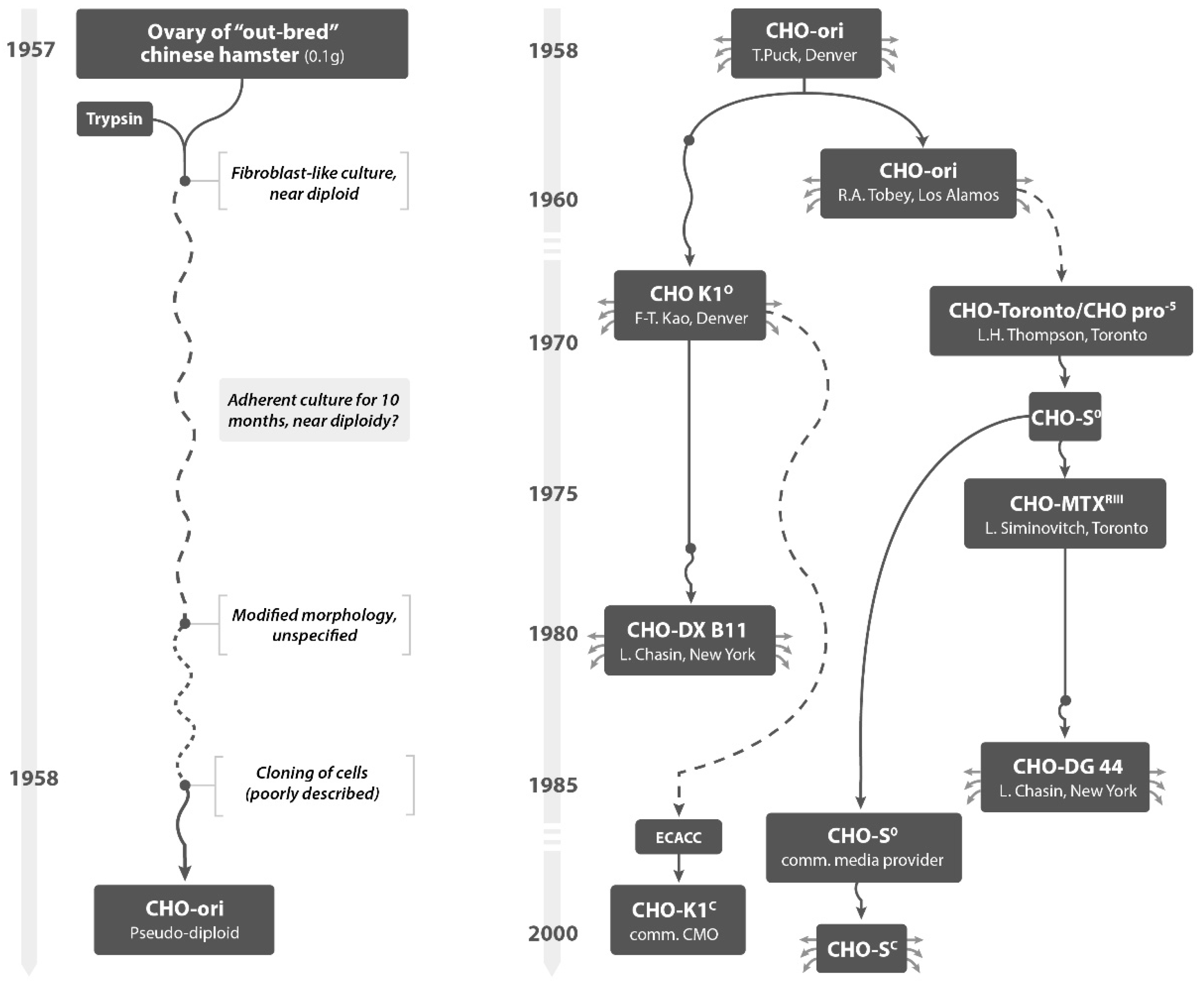In our webinar next generation cell line development platform for advanced bispecific antibodies expression we will address the key challenges of expressing bispecifics in chinese hamster ovary cho cells.
Cho cell line development.
The development of high yield production cell lines starts with the cloning of the gene of interest into suretech vectors that bear selexis sge selexis genetic elements.
Improvements in the sensitivity and.
Tuesday june 23 eu 1 00 pm cest us 9 00 am pst.
These optimally designed dna expression vectors are then transfected into the fully documented selexis sure cho m cell line using the surefection procedure.
And common derivatives are cho k1 cho dhb11 cho dxb1 cho s cho dg44 etc.
Stable cell lines in 5 months at 2 to 10x higher titer than industry standard.
Chinese hamster ovary cho cells are an epithelial cell line derived from the ovary of the chinese hamster often used in biological and medical research and commercially in the production of therapeutic proteins.
Currently most cho cell line development is based on the two systems.
All gibco cho cell line development products are cgmp compliant with no need to source components or develop vectors allowing you to focus on moving your workflow from cell line to process development.
It s in our dna.
Cho hek cell line development services and process optimization.
Development products freedom cho s and dg44 cell line development kits.
Our cgmp compliant facility enables the generation of master cell banks and master working banks mcb mwb.
Mammalian cell line development based on cho.
Although there are several options chinese hamster ovary cho cells have emerged as the gold standard expression system for production of therapeutic proteins.
Our services in stable cell line development and recombinant protein manufacturing cover the value chain from dna construction and transfection to cho and hek process development to large scale protein production.
Optimizing cho cell line development via targeted control of n glycosylation 3 7 2015 the glycosylation profile of a protein is vital to its success as a biotherapeutic as it affects its efficacy and function and thus has been extensively studied for proteins produced in chinese hamster ovary cells.
They have an unsurpassed capacity to express a variety of proteins with efficiency.









